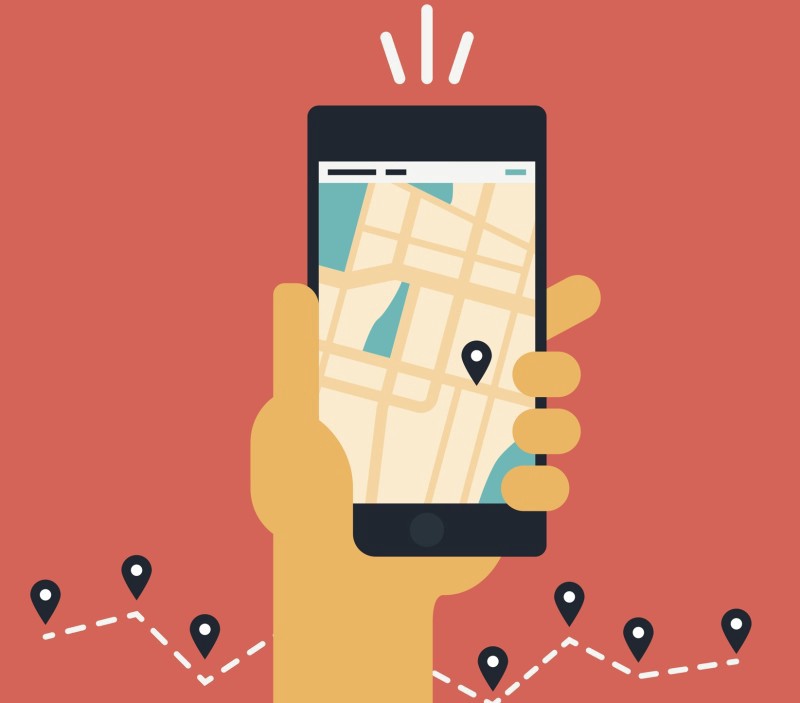5 Things You Need to Know About On-Demand Delivery Management
Our expectations as a customer have increased exponentially thanks to the ever-evolving technology. For example, now we expect our couriers to be delivered to us at our convenient location and time in the most optimum condition.
According to Business Insider, “APAC accounted for 40% of global e-commerce sales in Q1 2017, but the vast majority of those sales went to larger or more mature markets in the region, particularly China, but also Japan, Australia, South Korea, and India.”
Logistics management industry has become the backbone in enabling such massive growth in a very short span of time.
By 2020, Logistics Management and Customer Support Would Merge
Across Asia, retail and e-commerce have walked a line of total logistics optimization where their core value proposition leverages the efficiency of their consumer goods movement. The customers themselves have come to expect a level of consistency in delivery quality across retailers (in-store and online), pushing the incentive to innovate even higher. In the next 5 years, a hybrid model of logistics and customer support management would align with the omni-channel viewpoints of these companies.
The burgeoning optimization style, on-demand delivery management would be the key underlining factor through this evolution.
How Does On-Demand Delivery Management Help Asian Companies?
With this ever-growing expectation of customers, local retailers have started migrating from local to on-demand delivery model. On-demand management service is one that provides home deliveries from local vendors. Logistics firms have realized the market need and have started backing the retailers and e-commerce companies to provide last mile connectivity to consumers.
On-demand style of functioning brings customers and companies under one visibility domain. It is a win-win situation which gives the companies the possibility of quickly responding to customer requests, while adhering to proper quality standards.
On-Demand Delivery Management Has Made Industries More Inclusive
On-demand delivery management segment in India is one sector, which has been witnessing a lot of action taking place. Referring to on-demand delivery service as a new concept can be a debatable topic. Back in early 2000s, startups like Rewinery, Kozmo, Webvan even the tried to enter the on-demand delivery market space.
More recently, many start-ups are walking the on-demand aggregate model to better serve the requirements of different industries.
Asian countries are now being introduced to Uber Eats, an on-demand food delivery management network.
Any economy, or industry, always benefits from the influx of innovation or startups. Innovative ideas and energy fuel the market through its progressive stance.
How Fresh Ideas Are Reviving On-Demand Delivery Management?

On-Demand delivery management
2016–2018 have been the years for logistics and last-mile delivery startups in food, grocery, and furniture. The number of investors and the amount of funding the on-demand delivery management service has been attracting is another way to perceive how bullish this space could be.
Until 2013 logistics companies were focusing on e-commerce, and a very few were serving the local store businesses. But start-ups like ZopNow, PepperTap, Grofers and Swiggy sensed an opportunity and entered on-demand delivery management service space as it is much more scalable than inventory based model and less capital intensive. These startups could breakthrough mainly due to advanced same day delivery software, route optimization techniques and data analytics.
Biggest Challenge Going Forward
The biggest challenge these on-demand delivery management companies face is to improve the same day delivery keeping into consideration the unstructured addresses and the changing time-slot preferences from the customers. Grocery and quick service restaurants have time-bound on-demand deliveries. The delivery management companies must factor in the complicated timelines of perishable products and still be agile enough to react quickly.
The answer lies in the use of technology to optimize the routes in real-time and hence, improving the engagement with the end customer and trying to distance themselves as far as possible from the physical supply chain which most likely killed their ancestors. Logistics management can then fix the gap between expectations and execution both on the customer perception end, and the client’s strategic planning end.
Cover Image: (Previously used by) Rapidsoft Technologies on Whatech.
230 3






I have checked your page and i’ve found some duplicate content, that’s why you don’t rank high in google, but there
is a tool that can help you to create 100% unique articles, search for:
Boorfe’s tips unlimited content
Pingback: LogiNext-Blog | “Why Millennials prefer QSR to FSR?”: The Future of Food On-Demand Delivery!
Pingback: Sonya_t | Pearltrees